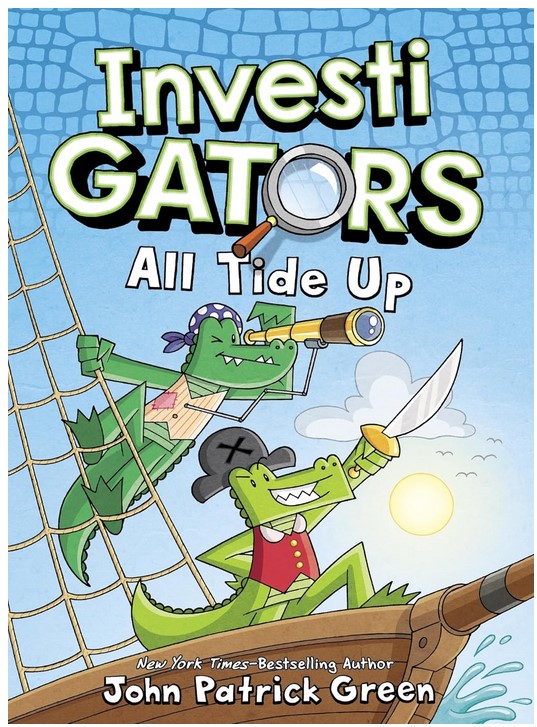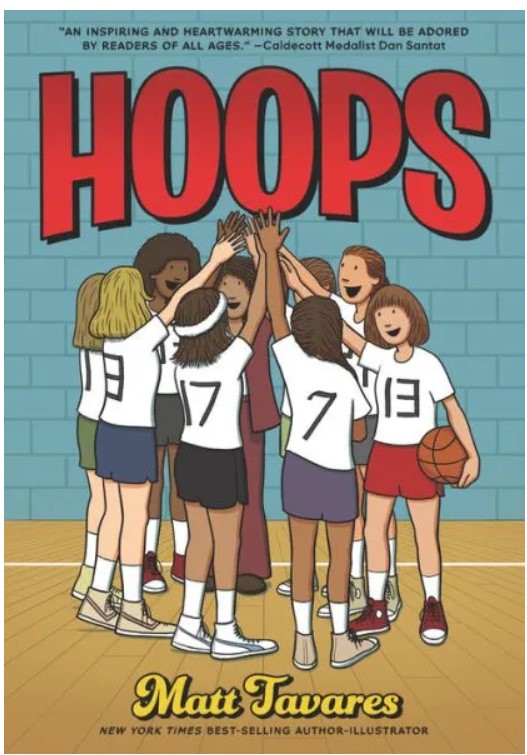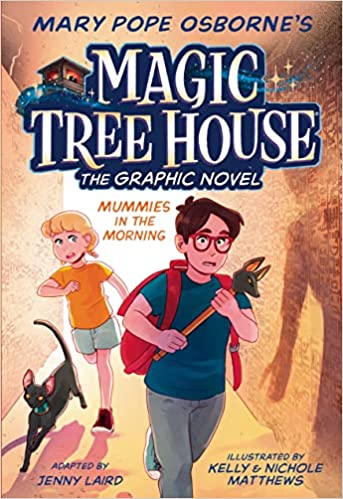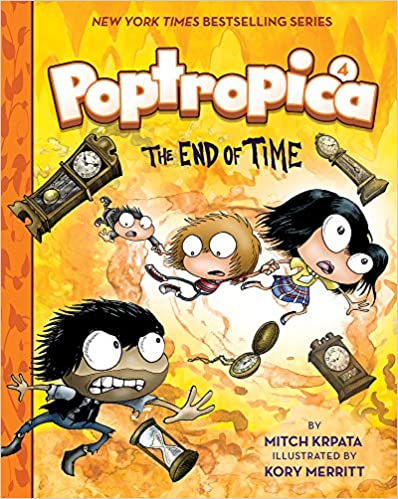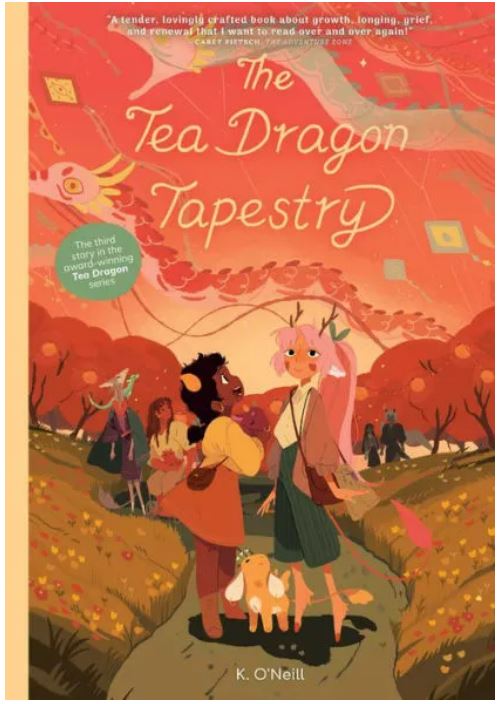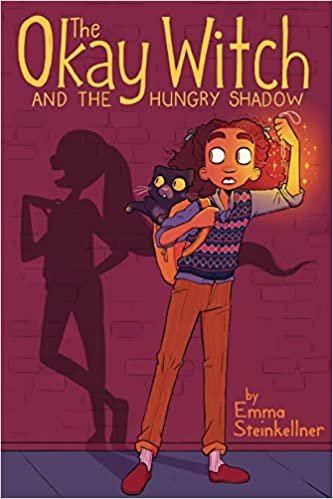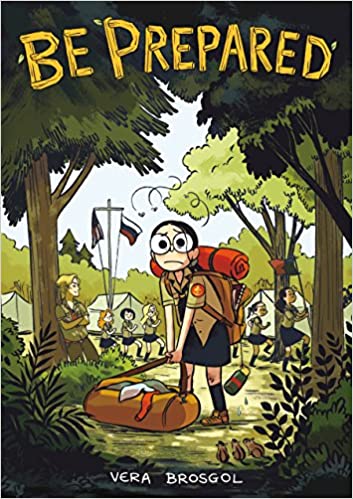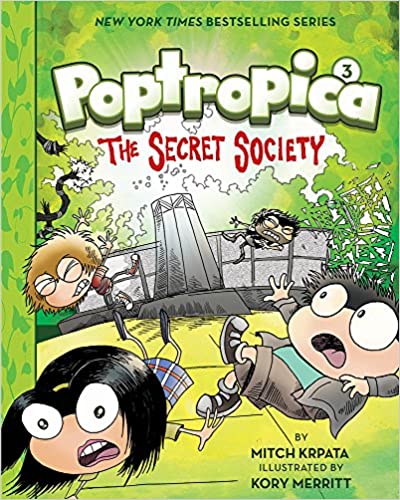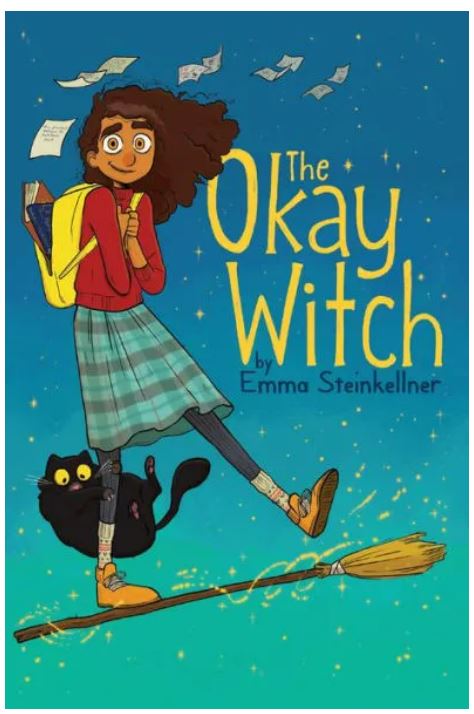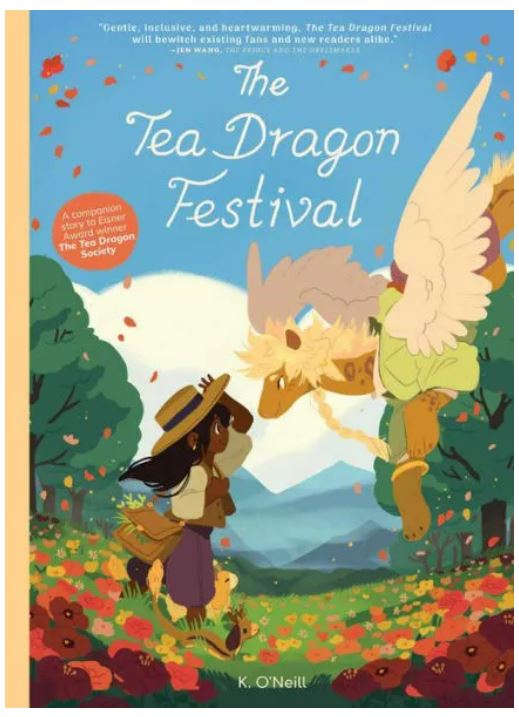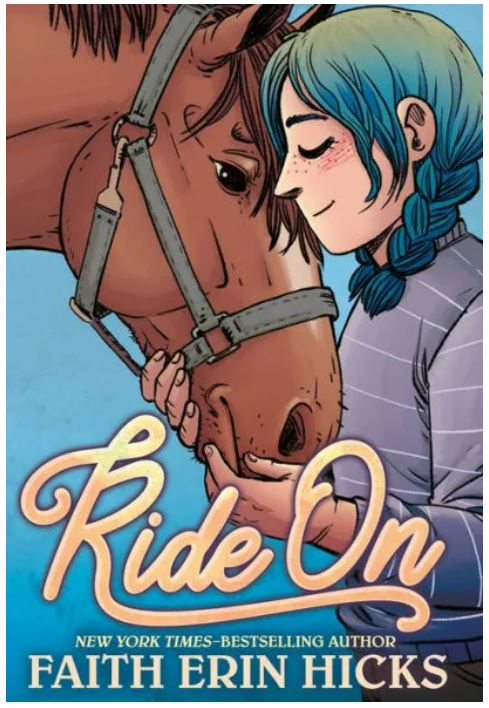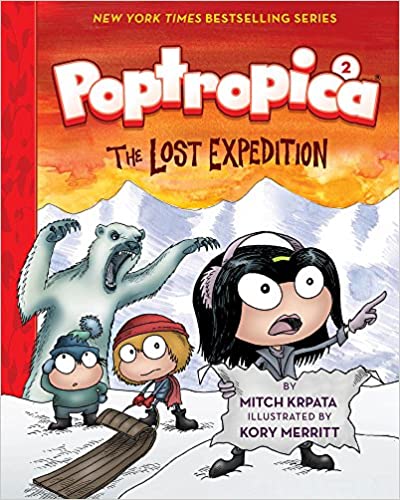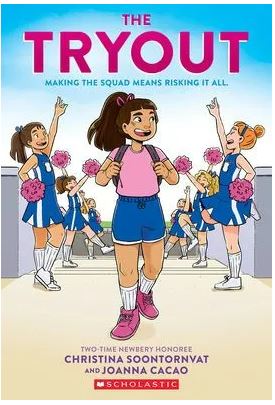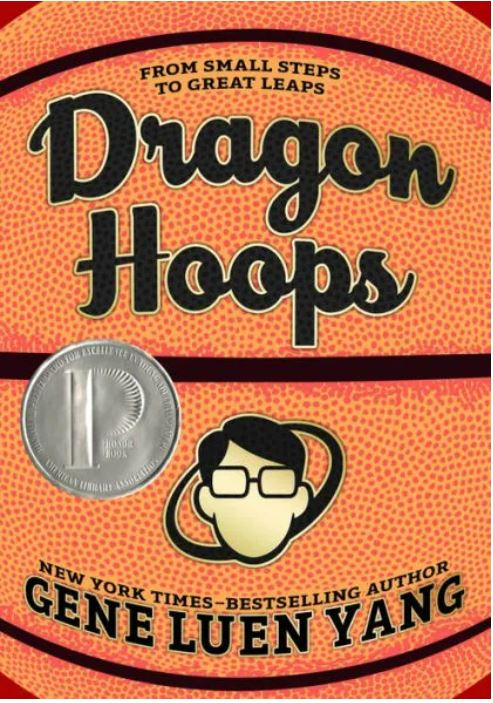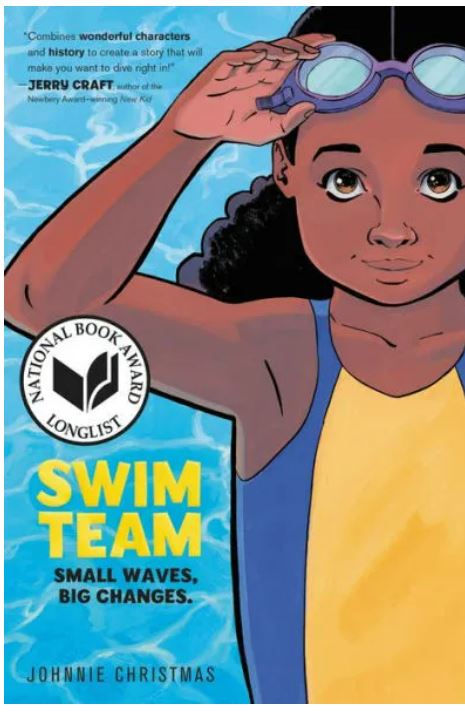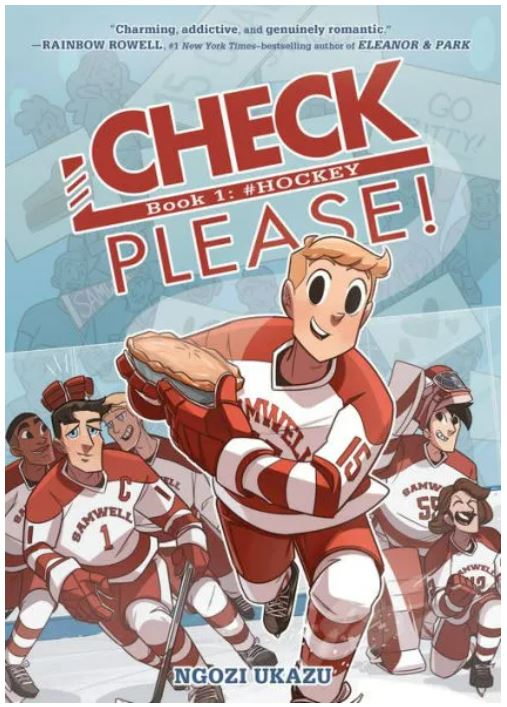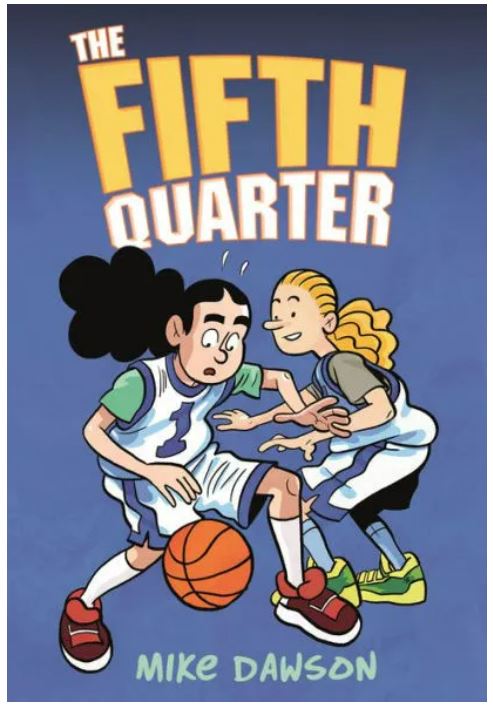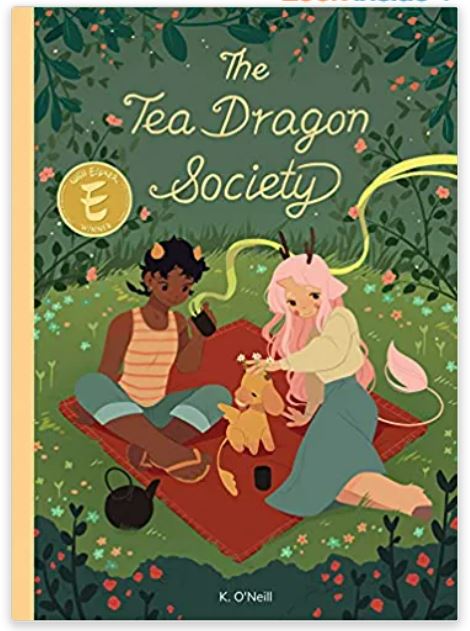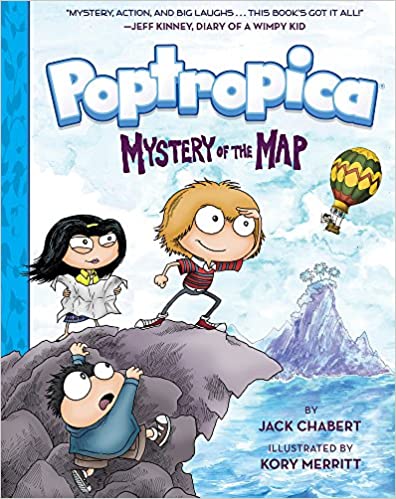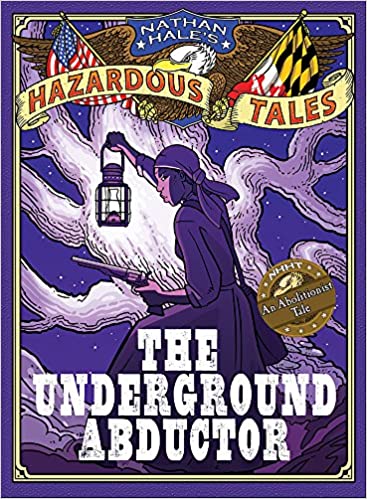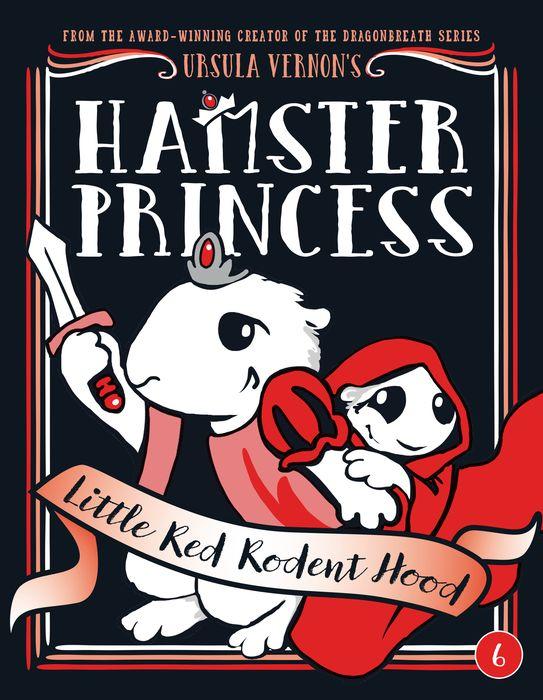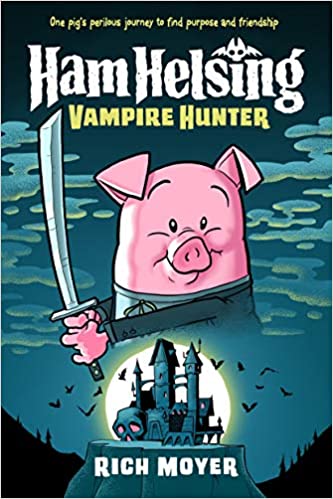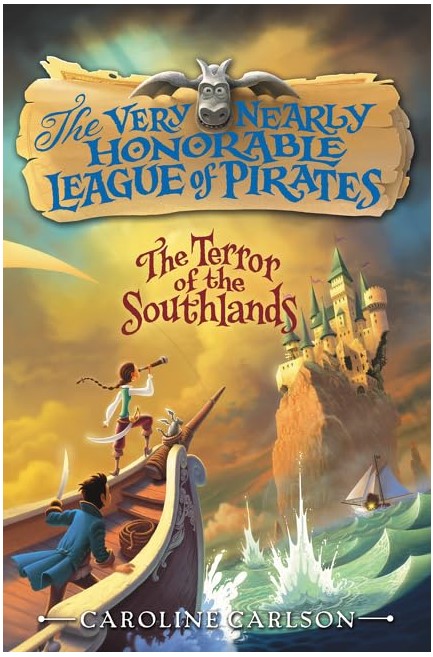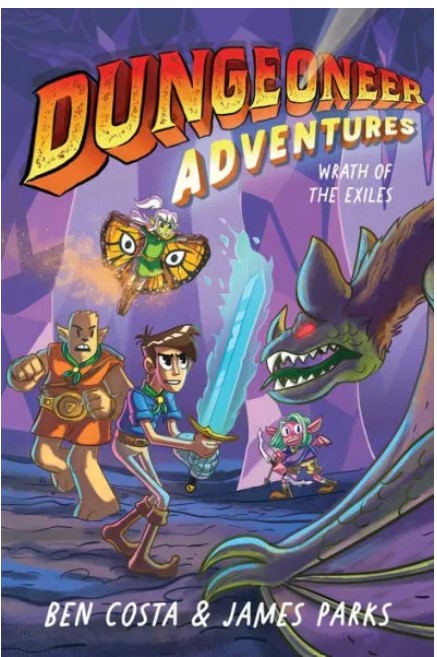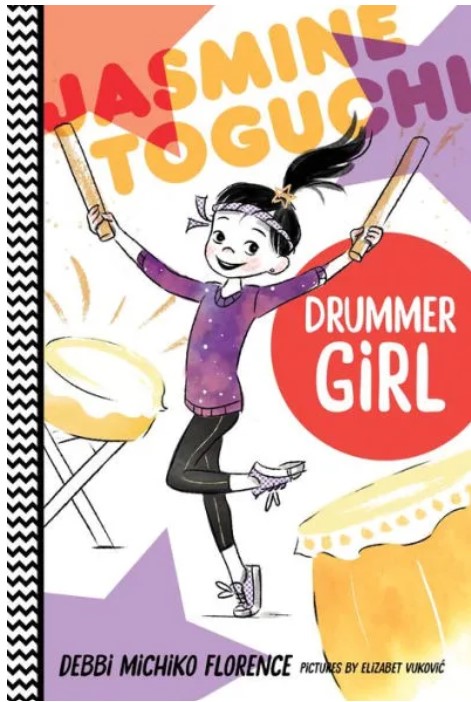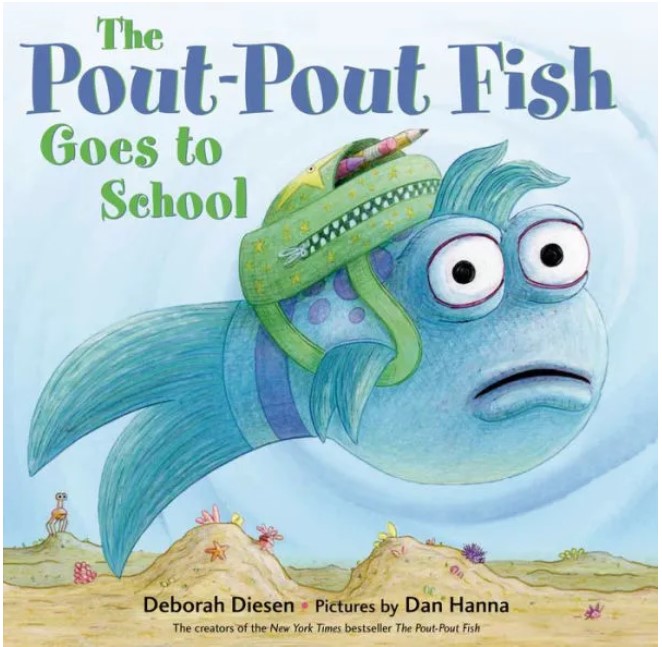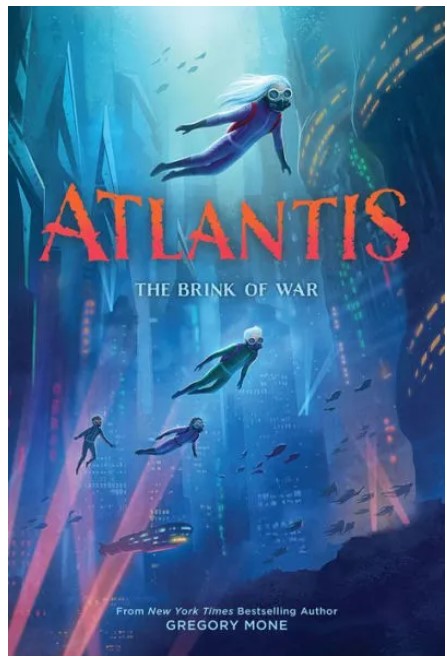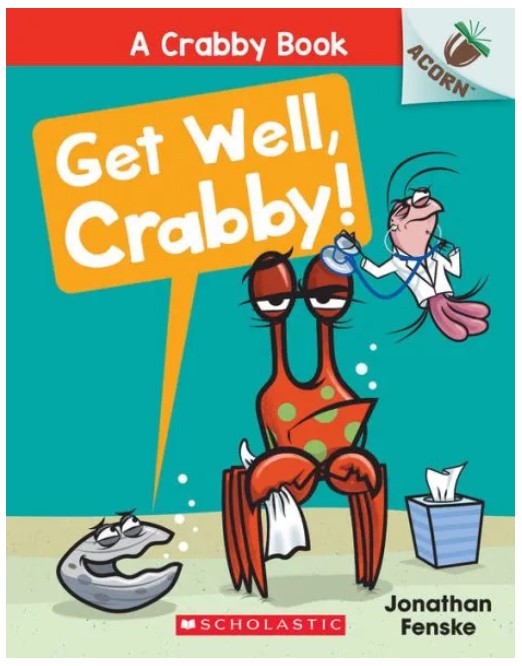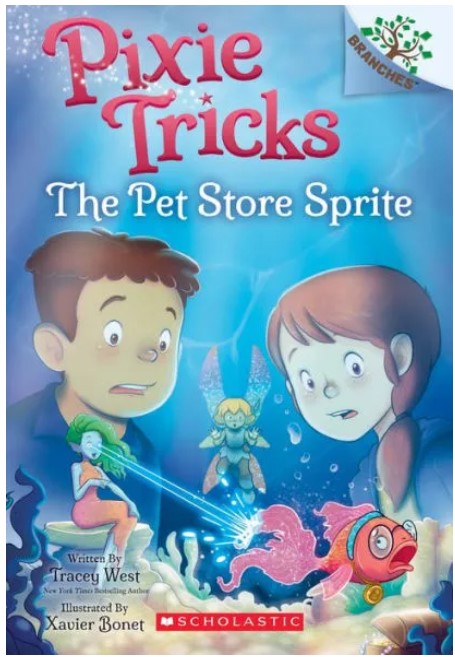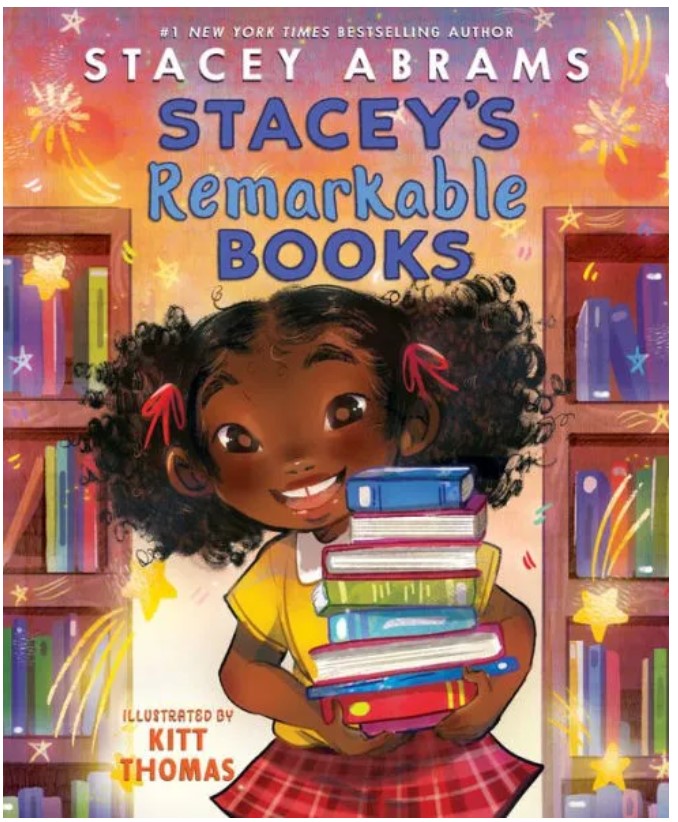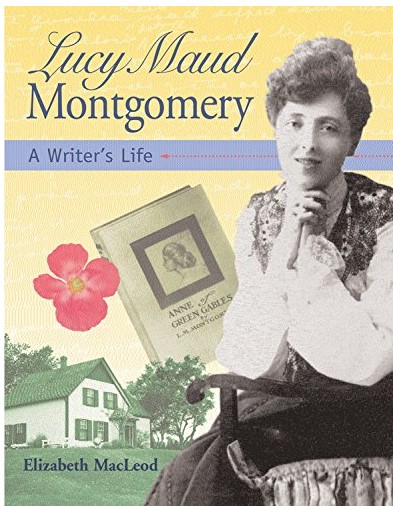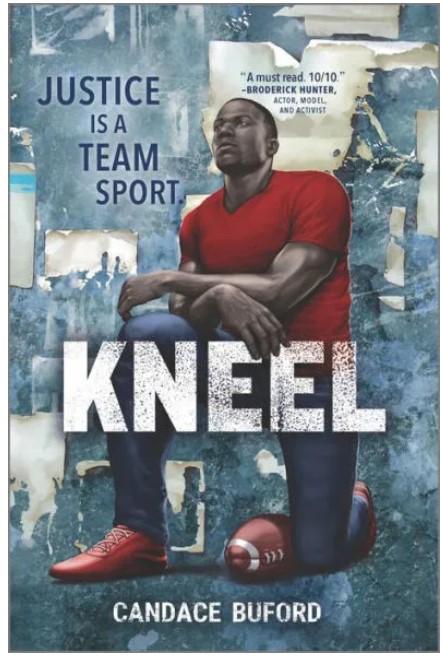The unsinkable detectives Mango and Brash are back in InvestiGators: All Tide Up, a high seas adventure that takes the hit series by John Patrick Green into uncharted waters!
When a delirious cruise captain is found drifting at sea, the search begins for his missing passengers and ship. Did it sink? Was it boat-napped? Are supernatural forces at play? And can the InvestiGators unravel this maritime mystery before a second cruise befalls a similarly unfathomable fate? Seas the day and find out in this new nautical adventure!
When a cruise ship mysteriously disappears, Brash and Mango come face to face with a brand-new villain: the “dread pirate ghost, Willy Nilly.” In addition to Willy Nilly, the InvestiGators also meet new friends along the way. These new characters give the book an interesting twist and keep the reader guessing as to their motives. When a group of pirates board the ship, it allows for new puns as well as some funny suspense.
Unlike the previous installments of InvestiGators, All Tide Up can be read as a singleton because the book neatly wraps up the mystery of Willy Nilly by the end. Similar to previous installments of the series, a combination of human and animal characters blend together to make a ridiculous story with humorous wordplay. Readers will enjoy the puns and the pirate talk, as well as the mystery of the ghost of Willy Nilly.
This imaginative story comes alive in brightly colored artwork that shows the characters’ wide range of emotions. The illustrations and unique storyline with Brash and Mango will appeal to even the most reluctant readers. Each page has three to eleven sentences per page. The sentences range from one word to more complex sentences. The varied sentence lengths add to the humor while keeping the story accessible to all readers.
Readers familiar with the InvestiGators Series will have a splashing good time with All Tide Up. While the majority of the story can be understood if you haven’t read the other books, there are some small references to previous books that may confuse new readers. While All Tied Up is full of humor, it also reminds readers that friendship is more important than money. In the end, “The real treasure is the friends that you’ve made along the way.”
Sexual Content
- None
Violence
- When Sven, an octopus, was a child, an eel stole his toy. Sven’s cousin, a squid, “could’ve let Sven fight his own battle. But I stepped in, and things got out of hand. . . literally!” Sven loses a tentacle, and it never grows back.
- Pirates tie Mango and Brash up, then discuss the InvestiGators’ fate. One pirate says, “I say we stomp ‘em! Then we keelhaul ‘em!” The InvestiGators are forced to walk the plank, but they manage to create a raft out of balloons and eventually, they are rescued.
- The owner of a cruise ship tries to escape, but a man stops him by waving a sword at him. Then, Mango and Brash tie him up.
- Sword-wielding pirates surround the InvestiGators. A squid jumps to their aid and hits the pirates with his eight legs. In the process, one of the squid’s tentacles is chopped off.
- A man delivers a cruise ship to a deserted island so the ghost of Willy Nilly can throw the passengers into a fiery pit. Later, the reader discovers that all of the people are alive and well.
- Mango and Brash confront the ghost of Willy Nilly and throw him into the fiery pit.
Drugs and Alcohol
- None
Language
- Name-calling is used infrequently. It includes fool, scum, slimy sea slug, lily-livered scallywag, and bilge rat.
- Mango calls a ghost a “spectral scuttlebutt.”
- When Pirates take over a cruise ship, they call the captives names such as lily-livered landlubbers.
- Dang, darn, and drat are used infrequently.
Supernatural
- The pirate Willy Nilly was cursed, and his ghost comes back 300 years later; this is the time period the book is set in.
- According to legend, “Nilly was cursed to pay back the debt by delivering a thousand souls to the island before the three hundred years pass. If he failed, his stolen fortune would disappear forever!”
Spiritual Content
- None
